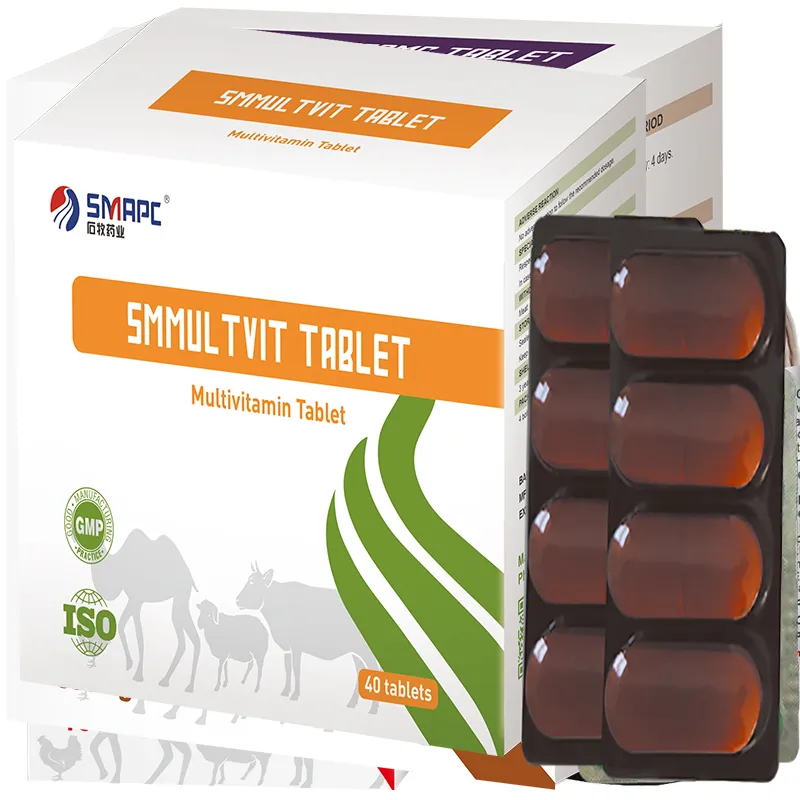During the warmer months, horses often graze on pasture grass that may be infested with parasite eggs or larvae. As seasons change, the life cycles of these parasites can become more complex. Fall is an optimal time to target these parasites as many of them are shedding eggs during this season. Additionally, as pastures dry out and horses move indoors or to different grazing areas, the likelihood of transmitting parasites can increase.




